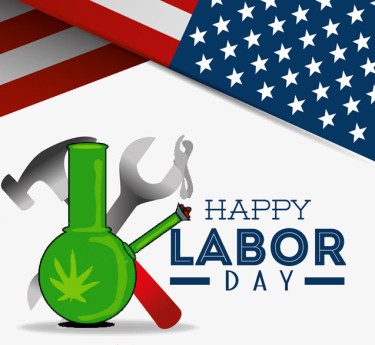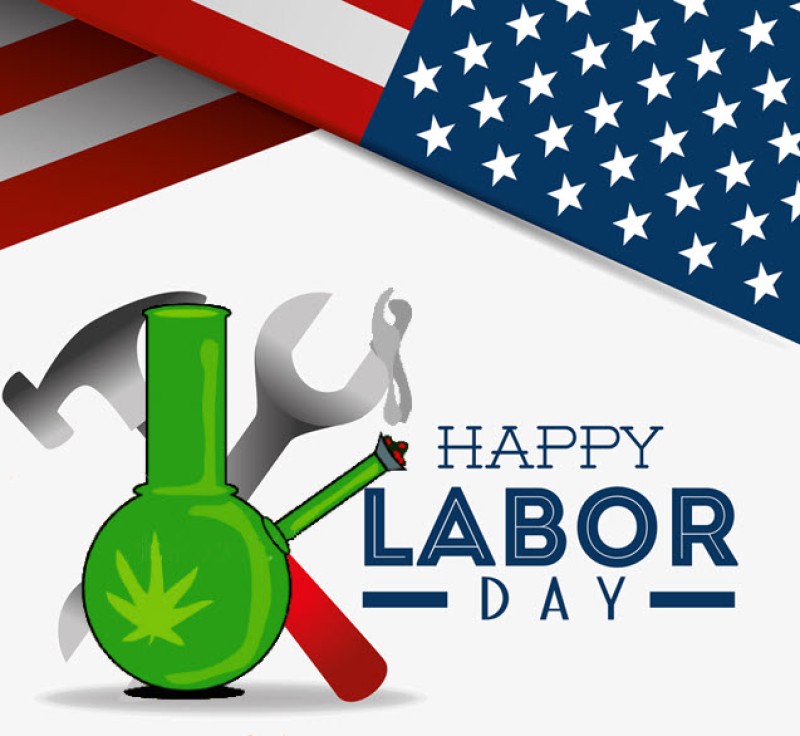
Cannabis experts are divided between two contrasting opinions regarding if the industry is paying a living wage. Considering so many factors, experts have formed their opinions using various market data and metrics. With metrics such as cost of living, base salary, and P&L sheets, among others, evaluated by these cannabis experts, these sources have made their points for both sides of the divide.
Difference In Opinions Over Living Wage
Based on first-hand experience and available data, heads of top cannabis staffing firms have different opinions regarding whether the industry is paying a living wage.
The Vice President of Partnerships at Vangst, Kelsea Appelbaum, believes wages are quite the standard. Evaluating the company's data, she affirmed that the average hourly wage rate for roles like extractors, warehouse workers, cultivators and budtenders ranges from $14 to about $30 per hour.
Applebaum also shed some light on the firm's salary guide for 2021. She pointed out roles such as lab worker ($16 to $21 per hour), budtender ($14 to $25 per hour including tips), and production techs ($14 to $30 per hour) as examples of variations in the wage scale.
The CEO of CannabizTeam, a temporary staffing company, Liesl Bernard, referred to her firm's yearly salary report and reached a conclusion that a more significant percentage of temp workers earned above minimum wage. According to the company's report, salaries within the cannabis industry increased by 4% in 2021. In the same year, senior executives in the cannabis industry saw a salary increase of more than 10%.
Bernard also added that within six months on the job, approximately 40% of workers are offered a full-time position in the cannabis industry. However, she did not give a review on the full-time salaries but she gave a report that most full-time offers came with additional benefits and insurance.
Opposition viewpoints to Kelsea Appelbaum and Liesl Bernard'sBernard's conclusions did not present data but narratives to conclude.
The co-founder and CEO of THC Staffing Group, Danielle Schumacher, thinks that cannabis firms are not increasing workers' wages to meet the ever-increasing cost of living. She affirmed that she has witnessed a decrease in salary and hourly rates in 2022 with firms also substituting higher–paid workers with lower–wage persons. Schumacher went on to say that cannabis firms have stopped offering benefits, and even when they do, it is less than what they used to provide.
Meanwhile, Appelbaum made it known that a soon-to-be-published Vangst white paper containing a full report of 2021 data is available. She said the report would show that survey respondents agree that cannabis benefits packages meet and sometimes exceed their former non-cannabis position. According to the report, 20% of respondents agree that cannabis benefits packages were better than their previous job, while 40% agree the benefits meet this last position.
The Vice President of People and Strategy at Work, an HR and Cannabis payroll platform, Jojo Benje, without referring to any data, affirmed that workers in cultivation, dispensary and production roles are not earning wages that meet the increasing cost of living. Benje warns cannabis firms that not paying workers a living wage could halt their companies' progress in the long run. He added that no business would function appropriately without happy employees.
Numerous Points Considered
Evaluating the sources' rationales, it can be said that industry and marketplace comparisons drove most of their conclusions. According to Vangst'sVangst's Applebaum, even though an hourly wage of $14 may not be considered a living wage in Los Angeles or Denver, it can be considered a living wage in other low-cost legal states.
A report from CannabizTeam evaluated several factors that influence pay; factors including candidate experience, company size, and location served as primary factors. The report estimated several markets and changes in wages in the last years. For instance, Washington, DC (40.1%), Stamford, CT (46.9%), and San Francisco, CA (+64%) ranked top of the list for salary increases in the cannabis industry. St. Louis, MO (-9.6%), Tulsa, OK (-11.6%), and Springfield, IL (-14.2%), are states that led in salary decrease in the same period.
Bianchi & Brandt'sBrandt's Nico Pento, Esq. also believes that regional cost of living is vital. According to Pento, there are several misconceptions about wages and salaries in the marijuana industry that bodies such as the United Food and Commercial Workers International Union, among other unions, look to exploit while the industry is in its infancy stage.
UFCW International, in September 2021, petitioned state and federal lawmakers to ensure the new and growing cannabis industry provides quality and high-paying jobs for workers. The group referred to a report by an Economic Policy Institute that evaluated that unionized cannabis employees could earn about $2,810 to $8,690 annually more than non-union experts. Pento went on to say that operational cost is a significant concern as cannabis firms face higher risks in terms of licensing, taxes, regulation, and compliance. He added that the cost of doing business is on the high side for cannabis businesses, especially compared to other sectors.
The co-founder and CEO of Viridian Staffing, Kara Bradford, agreed with Pentos' assertions and also pointed out that cannabis businesses face extra costs and taxes compared to other sectors. However, P&L sheets have tried to be positive, as she encourages businesses should look past the bottom line. She affirmed that it would be an excellent development for businesses to keep in mind the cost of living when evaluating labour costs.
Offering a helping hand to cannabis companies, Bradford advises they monitor living wages in their states using the living wage calculator designed by the Massachusetts Institute of Technology (MIT). This calculator breaks down living wages in the US by county and household sizes with a maximum of two working adults. Branford believes the calculator will significantly benefit businesses aiming to design a compensation plan and payment policy.
Conclusion
Similar to other debates surrounding cannabis, the answer to the question is still far from being definite at this present time. Hopefully, enough data will present itself in the future, and information about cannabis businesses offering living wages or not will be based on proven facts and not mere opinions.






